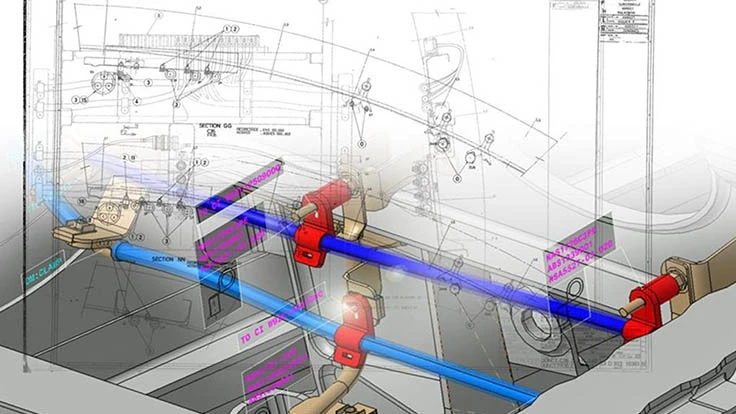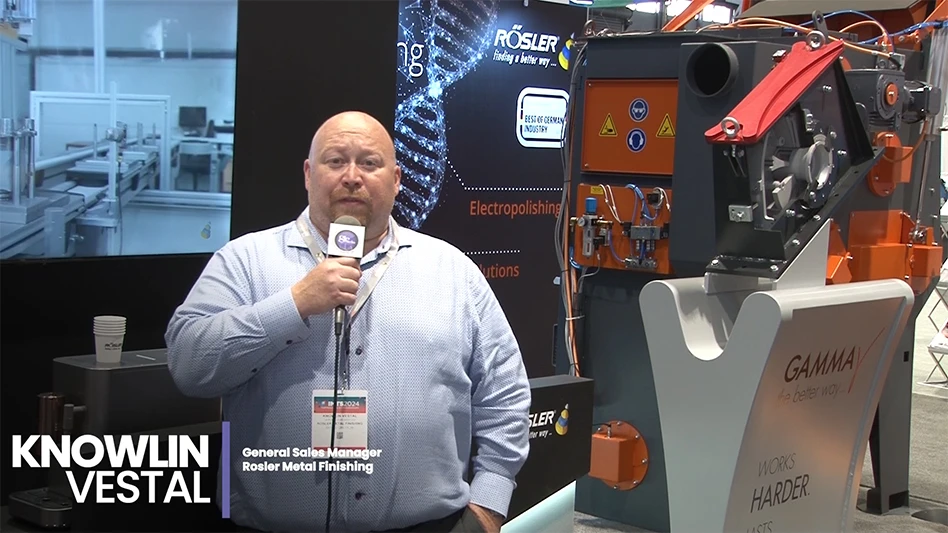
Toulouse, France – Since its entry into service in 1988, the A320 family of jetliners has seen numerous operational improvements, from Sharklets to more-efficient engines and optimized navigation systems. Now, its design and production processes are also becoming state-of-the-art: Airbus’ “Single-Aisle End-to-End 3D” project currently underway will soon phase-out the use of 2D paper drawings in design and production work for the A320 family.
As well as supporting the program’s ongoing production rate increase, the migration from 2D drawings to 3D will also allow for easier and greater product customization, especially in the cabin, and will increase flexibility regarding changes in production or requests by customers. Moreover, it will become much easier to visualize parts and systems and the associated interfaces when they are in 3D.
Initially, the project will focus on cabin-to-cabin and cabin-to-fuselage interfaces. Cabin-to-cabin interfaces include items such as seats, galleys, lavatories, and overhead bins. Cabin-to-fuselage interfaces include air, water, and electrical systems plus structures.
3D drawings will feature enhanced data, including tolerances and full X, Y, and Z installation coordinates throughout the design and production processes.
During this year, shop floor employees will receive training on using 3D-equipped tablets. When fully deployed in 2019, stakeholders, from design office and manufacturing engineering to quality and customers, will be able to access a single, common 3D reference for the A320 family for cabin-to-cabin and cabin-to-fuselage integration. This project promises many benefits: lower costs, shorter lead-times, and reduced workloads – plus easier monitoring, interactive data flows, and less duplication. In short, Single-Aisle End-to-End 3D is a key enabler for driving digitalization.
Source: Airbus
Latest from Aerospace Manufacturing and Design
- Spectrum AMT named manufacturing partner for D-Orbit USA
- CRP Technology's vapor smoothing production
- IMTS 2024 Booth Tour: JTEKT
- Boeing awarded 15 additional US Air Force KC-46A tankers
- Kaman’s high-precision non-contact displacement sensors
- IMTS 2024 Booth Tour: Rollomatic
- Continuum Powders to open new Houston HQ
- Lantek's v44 software





